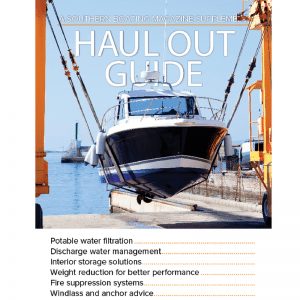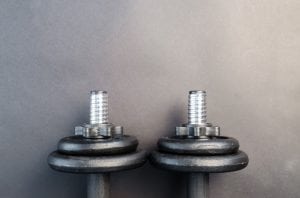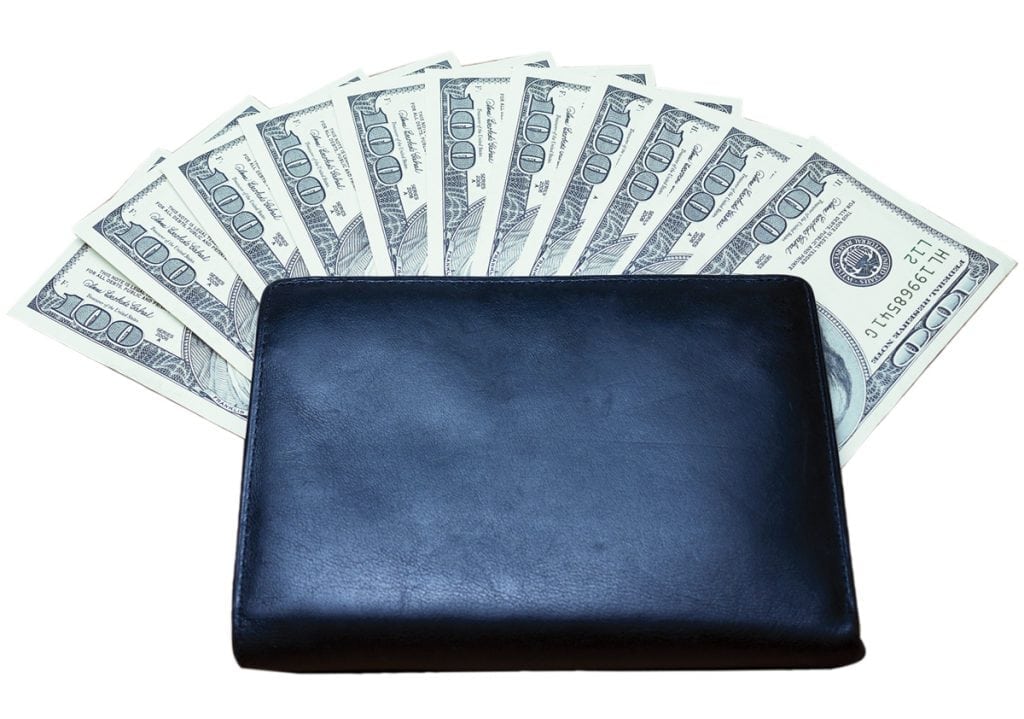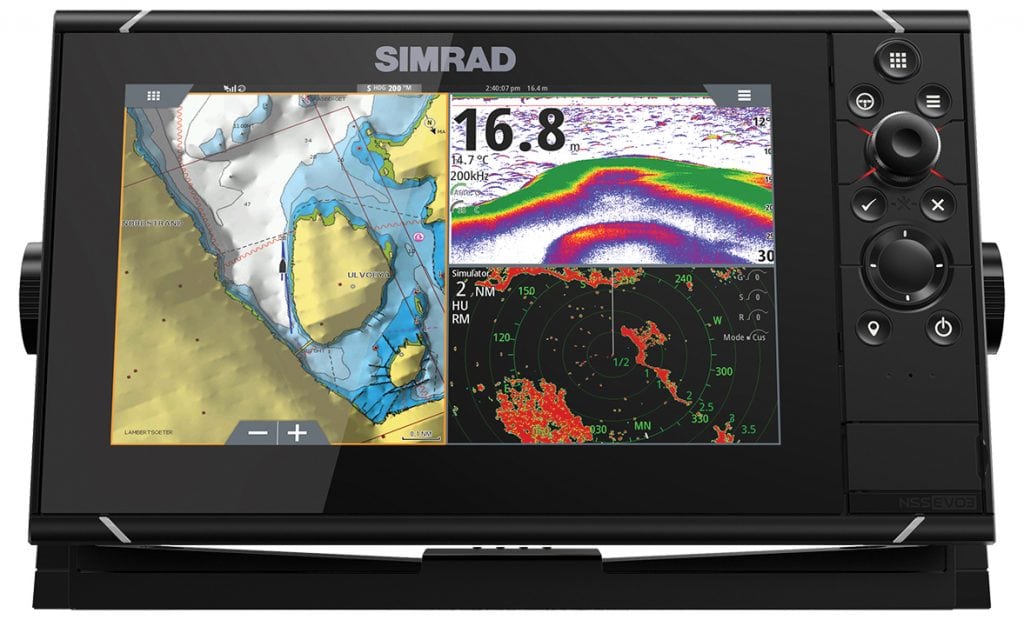Once your boat is back in the water, don’t undo the good your yard has done by carrying around unnecessary weight in your storage compartments. Do some spring cleaning, empty out the closets and compartments, and get lose onboard weight.
Here’s the skinny on tips to help both your wallet and boat performance. Remember the slogan: Lighter boat = fatter wallet.
What’s the big deal over a few extra pounds? Your body can’t function at peak efficiency 

Lighten your load.
If it’s time to put your boat on a diet, start to lose onboard weight by going through all cabinets, lockers and storage compartments to see what items you really need on board. The goal here is to ditch the excess weight while maintaining acceptable levels of equipment to maintain safety and comfort. Be realistic, and consider your near future boating plans when reviewing items to keep or purge. There’s no better place to start your boat diet than in the galley. Sure you’ve got enough pots, pans, and gadgets to cook a seven-course meal, but how often have you actually done so? The same thing goes for all those extra cooking supplies, canned goods and that bulk purchase 10-pound bag of sugar that was on sale. Will you actually use them anytime soon?
Books and boats just go together, but rather than maintaining a complete library on board, how about only bringing the ones you’ll need for one trip and keep the rest ashore? Better yet, download them to your iPad or Kindle to save even more weight.
Items that may seem inconsequential weight-wise can add up before you know it. Do you really need two dozen towels, three changes of bed linens, five blankets, and all those throw pillows? Go through your hanging lockers and see what clothes have actually been worn in the past year, and ask yourself if you really need five sun hats.
Next up, take a hard look at your engine and boat spares as well as maintenance items. You’ll want to make sure you have the prudent and proper amount of spares and tools on board, but unless you’re going on an extended cruise, remove those “just in case” duplicates or stock, such as extra oil, spare hardware, and rarely used tools; they can add up to significant weight savings. The same is true for routine maintenance items and cleaning supplies (paints, varnishes, shop vacs, and the like), which would be better stored in a dock box or at home until necessary.
Tanks for the idea.
Another great place to realize some huge onboard weight savings is your vessel’s tankage. You always want to have enough fuel on board, but if you’re doing shorter trips, why take on a full tank of fuel and lug around the extra weight? Buy only as much fuel as needed plus a bit of reserve, and avoid the temptation to burn extra fuel because you have a full tank. It may mean more trips to the fuel dock, but you’ll save money in the long run.
Employ a similar mindset when it comes to your water tanks. A gallon of water weighs more than eight pounds, so why drag around a full tank when you’re only going on a day trip? As any good plumber will tell you, “it ain’t just water that rolls downhill,” so what about that full holding tank? Pumping it after every trip will reduce both weight and unwanted smells.
Coolers and live wells present another opportunity. Why use 100 lbs. of ice if 50 lbs. will do, or why bring a case of sodas if you only drink four or five per trip? Keeping your live well empty unless you actually have bait seems like a no-brainer, but you’d be amazed by what some boat owners unthinkingly do out of sheer habit.
Balance what’s left.
Once you’ve removed all of that excess onboard weight, distribute the remaining gear to best balance the boat. This not only improves the ride but also saves fuel by allowing non-displacement boats to get up on a plane more quickly. Don’t be afraid to ask passengers to shift around to accomplish this, and, if installed, learn how to properly use trim tabs for maximum planing efficiency.
Keep the mindset.
Like any diet, once the weight is off, it’s easy to backslide and start packing it on again, especially when looking at all that empty storage space. Keep that rebound onboard weight gain in check by paying attention to all the stuff that tries to find its way back on board. It’s also a good idea to clean out your storage lockers at the beginning of each season to get rid of stuff you really don’t need. Keep the weight off, and both your boat and your wallet will thank you.
Ditch the parachute.
While not a weight reduction issue, boats with planing hulls can also improve their fuel economy by lowering their Bimini top while running. That big, shady top may be horizontal while at the dock, but it will be angled and act like a huge parachute while underway. Dropping it when running fast on longer trips and then raising it once you reach your destination will significantly improve your boat’s fuel efficiency.
By Frank Lanier, Southern Boating March 2018















